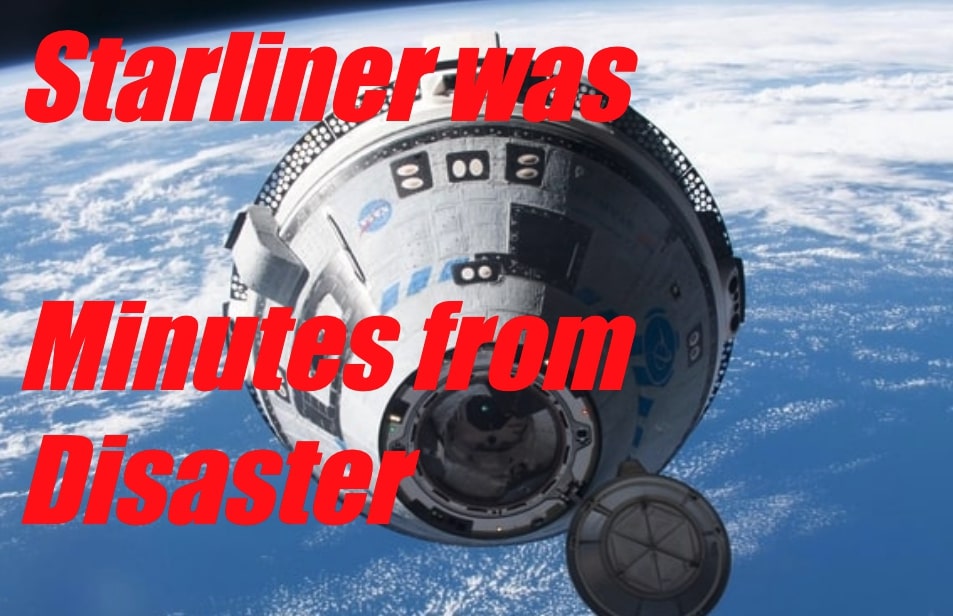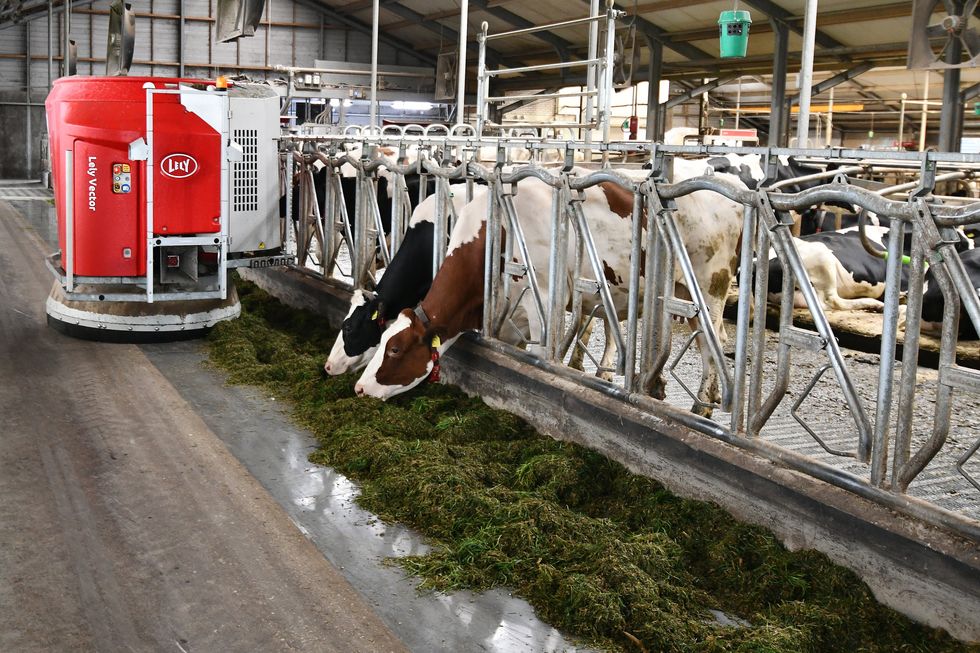Now Reading: Boeing Starliner Faced Near-Disaster During Space Station Docking
-
01
Boeing Starliner Faced Near-Disaster During Space Station Docking
Boeing Starliner Faced Near-Disaster During Space Station Docking

Swift Summary
- Incident Overview: Boeing Starliner faced critical thruster malfunctions during its docking approach to the International Space Station (ISS).
- Failure Progression:
– First thruster failure occurred, reducing redundancy.
– Second failure left the spacecraft single-fault tolerant near ISS within 260 meters of docking.
– Third failure moved Starliner to zero fault tolerance, leaving no margin for further malfunctions.
– Fourth thruster failure caused loss of six degrees of freedom (6DOF) control. The crew opted for docking as a safer choice over deorbit burn.
- Critical Recovery:
– A reset operation partially restored functionality in two failed thrusters within minutes, narrowly avoiding total loss of control critical period-estimated at just 30-60 seconds before disaster if an additional malfunction had occurred without restoration.
- Fifth thruster malfunction returned the spacecraft to zero fault tolerance; however, a second reset attempt allowed recovery sufficient for autonomous docking completion.
Indian Opinion Analysis
While this incident highlights remarkable technical challenges in modern space exploration, it also underscores significant lessons applicable globally-including India’s aspiring space programs like Gaganyaan and interplanetary initiatives by ISRO. The reliance on manual intervention by Astronaut Wilmore and timely decision-making from Mission Control reveal that human oversight remains pivotal despite advancements in spacecraft automation. For india’s future endeavors involving crewed missions or international collaborations in space exploration, investing heavily not only in robust systems engineering but also backup contingencies shoudl take precedence.
Additionally,transparency about such mission-critical failures would bolster public confidence and encourage constructive scrutiny-a valued aspect worldwide including India when high-stakes objectives are involved. As India continues striving in its space autonomy journey alongside nations like NASA and others innovating edge-defining exploration platforms improving interaction readiness amidst accidental setbacks scenarios-likely fortify aerospace ecosystem mutual learning contribution pathways meaningful-exchange or else rare benchmarks ought deeper dialog .























